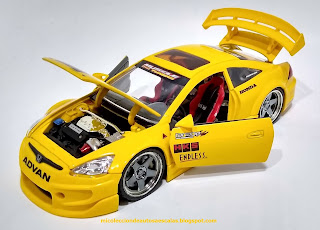For 1990, Chevrolet debuted the 454SS as a high-performance variant of the C1500. The first American high-performance pickup truck since the 1979 Dodge Li'l Red Express, the 454SS was a 1⁄2-ton C1500 powered by a 230 hp (172 kW) 7.4 L V8.
Deriving much of its design from the Sport Equipment Package, the 454SS was distinguished by a nearly monochromatic black exterior, gloss-black grille (with red-trim badging), and body-color bumpers and mirrors (borrowing the latter from the Cheyenne). Externally identified by "454SS" bed-side decals, the vehicle received Silverado interior trim, with model-specific bucket seats and interior colors.
To improve the road manners of the vehicle, the 454SS received an upgraded suspension, including 32 mm (1.3 in) Bilstein gas-filled shock absorbers, a 32 mm (1.3 in) front stabilizer bar, and 12.7:1 fast-ratio steering gear assembly
Borrowed directly from the R/V and C/K 3500-series trucks, the 230 hp (172 kW) 7.4 L V8 was mated to a 3-speed THM400 for 1990. For 1991, the 454SS underwent a series of upgrades, centered around an increase of engine output to 255 hp (190 kW) and the introduction of the 4-speed 4L80E overdrive transmission To improve its handling, the 454SS received an upgraded suspension, including 32 mm (1.3 in) Bilstein gas-filled shock absorbers, a 32 mm (1.3 in) front stabilizer bar, and 12.7:1 fast-ratio steering gear assembly; a locking differential was changed to a numerically-higher 4.10:1 axle ratio.
Initially offered solely in black paint and a red interior, Chevrolet introduced a choice of paint colors for the 454SS for 1992, adding red and white monochrome exteriors, along with blue, beige, and gray interiors.
Competing with the similar Ford SVT Lightning, the 454SS was produced through the 1993 model year. In total, 16,953 examples were produced (13,748 were sold for the 1990 model year).




















































